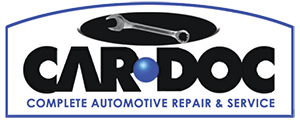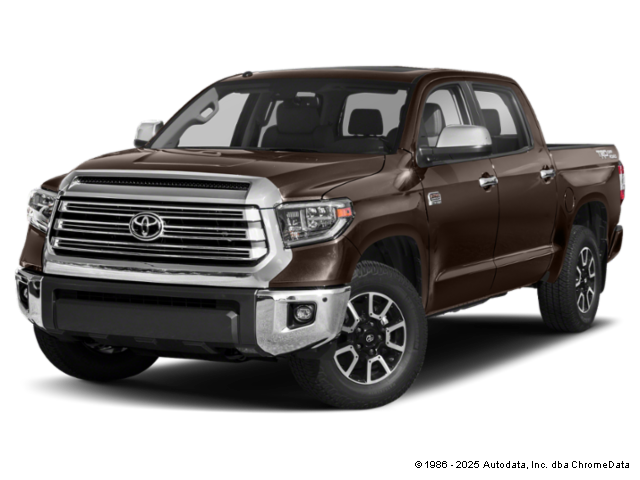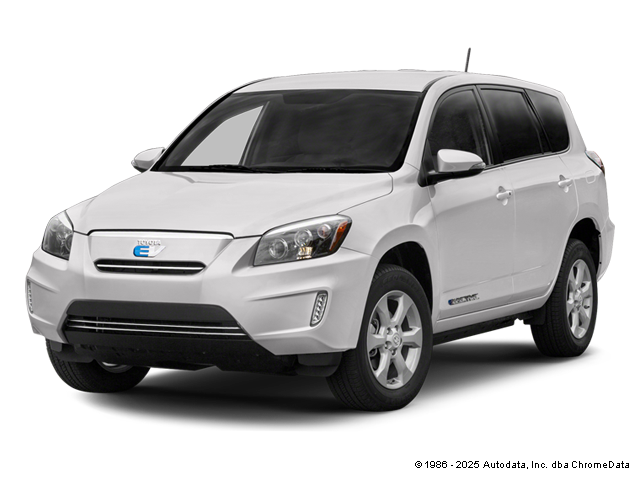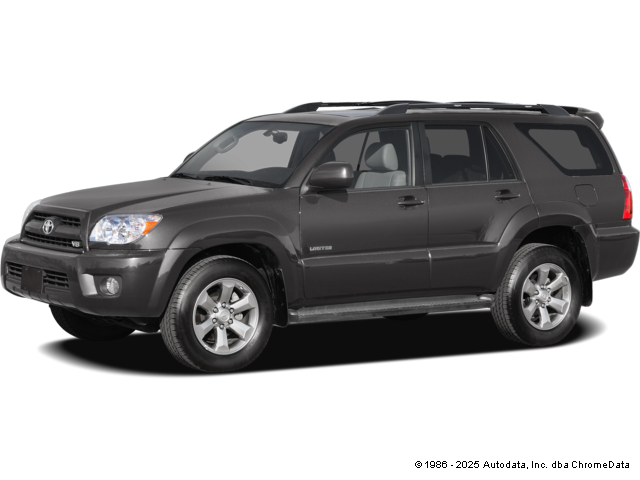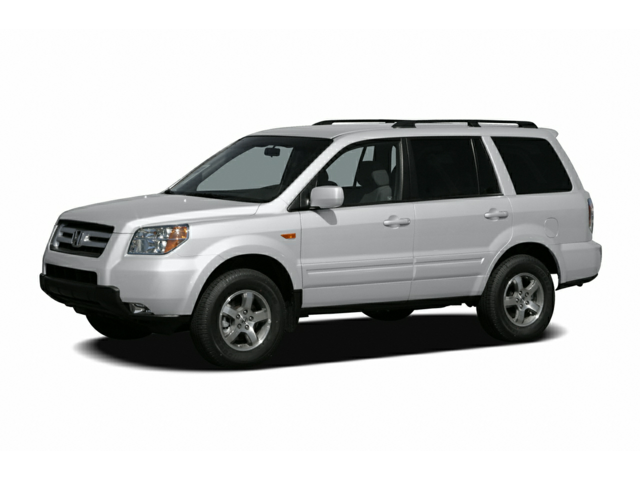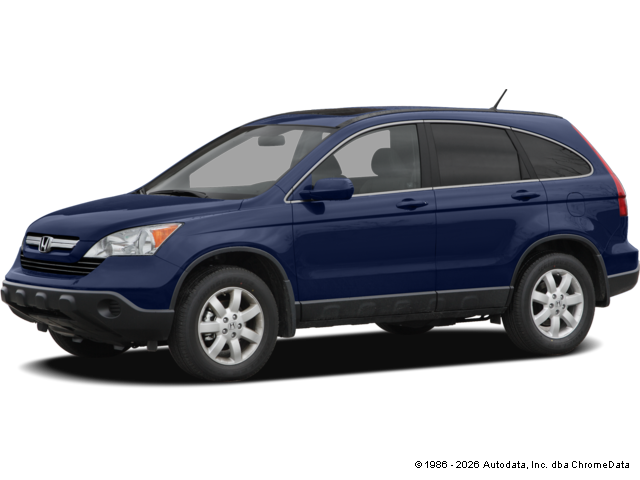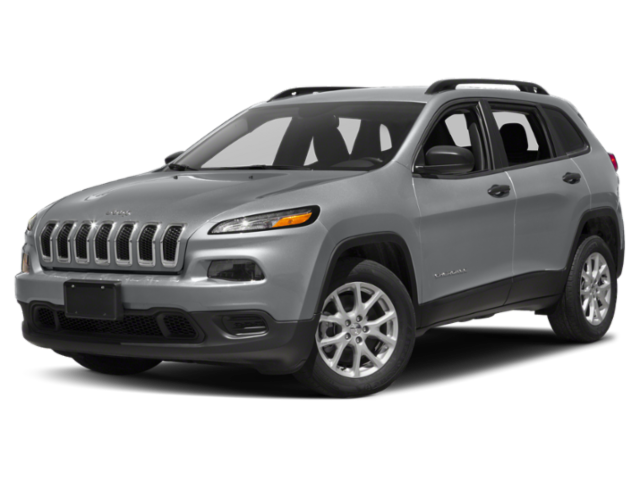2005 Ford Econoline
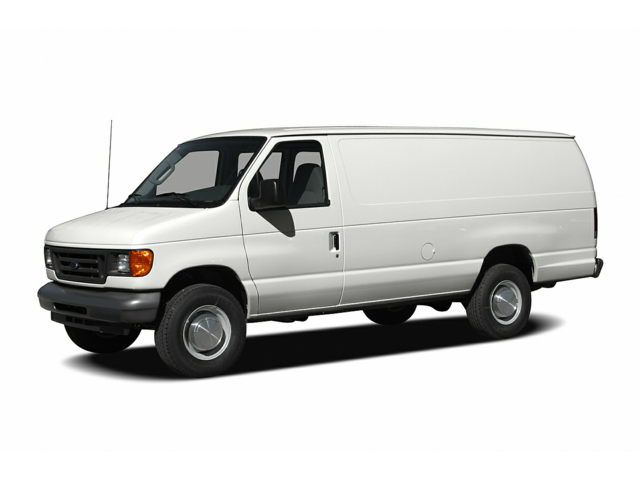
Mileage
247,785
Service Date
3/7/2024
Services Performed
- Install data scanner and engine analyzer. Run tests on the fuel, ignition, and computer control systems. Retrieve fault codes from the processors memory. Codes exist in the system for misfire on cylinders 7 and 8. Perform all necessary pin point tests checking the wiring, grounds, relays, and related circuit components to isolate the problem to number 7 and 8 had water in with coil, spark plug has no electrode left. Replace the the 2 spark plugs and install 2 used coils.
Julius L. gave our service a 5 star review on 3/7/2024
